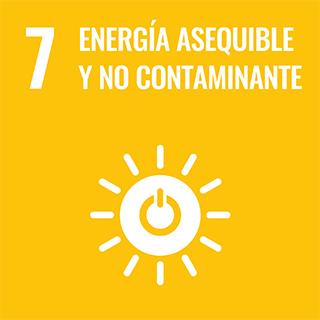
Indexed in
License and use
Impact on the Sustainable Development Goals (SDGs)

Analysis of institutional authors
Matías-García J.c.AuthorFranchini SAuthorBarroso EAuthorCasati MjAuthorExperimental tests of Coanda Effect at the aft deck of a frigate
Publicated to:Aiaa Aviation 2022 Forum. - 2022-01-01 (), DOI: 10.2514/6.2022-3528
Authors: Matías-García JC; Bardera R; Franchini S; Barroso E; Casati MJ
Affiliations
Abstract
Helicopter pilots must perform difficult maneuvers when operating around ships. The flow surrounding a frigate is characterized by high-velocity gradients and flow detachment behind the superstructure of the ship. Therefore, the pilot workload during the recovery maneuvers can increase. Different techniques of passive and active flow control have been tested in previous studies with the goal of reducing the pilot workload and improve the safety of these operations. In this paper, experimental tests are performed to analyze the implementation of the Coanda Effect at the back part of the hangar, as an active flow control technique to reduce the flow detachment. Using the results from a previously made Computational Fluid Dynamics (CFD) study, the best geometries of Coanda hangars installed in a scaled Simple Frigate Shape 2 (SFS2) are tested in a wind tunnel with Particle Image Velocimetry (PIV). Two different hangars are tested. -Hangar if the Coanda effect is applied on the roof of the hangar and -Hangar when the active flow control is applied also on the sides. The improvement of the flow using different powers of the jet that generates the Coanda effect has been quantified. The results show a drastic reduction or even elimination of the flow detachment above the flight deck, combined with more uniform and reduced levels of turbulence intensity at the height where the helicopter rotor must operate during the recovery maneuver.
Keywords
Quality index
Bibliometric impact. Analysis of the contribution and dissemination channel
Independientemente del impacto esperado determinado por el canal de difusión, es importante destacar el impacto real observado de la propia aportación.
Según las diferentes agencias de indexación, el número de citas acumuladas por esta publicación hasta la fecha 2025-07-26:
- Open Alex: 3
- Scopus: 2
Impact and social visibility
Leadership analysis of institutional authors
There is a significant leadership presence as some of the institution’s authors appear as the first or last signer, detailed as follows: First Author (MATIAS GARCIA, JUAN CARLOS) and Last Author (CASATI CALZADA, MARIA JESUS).
